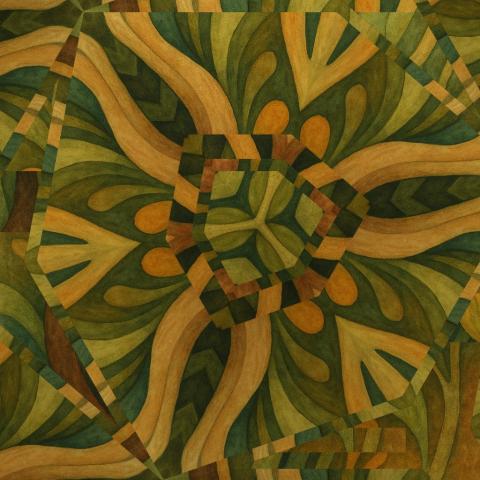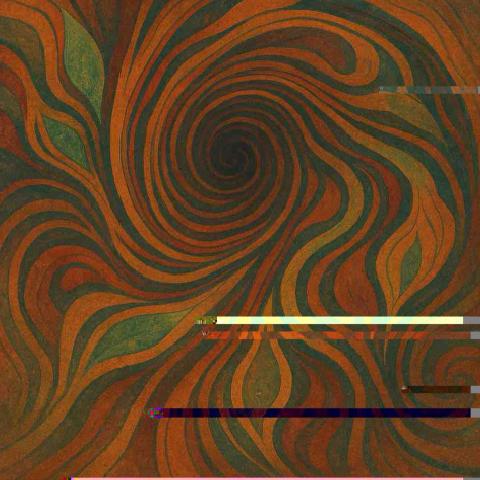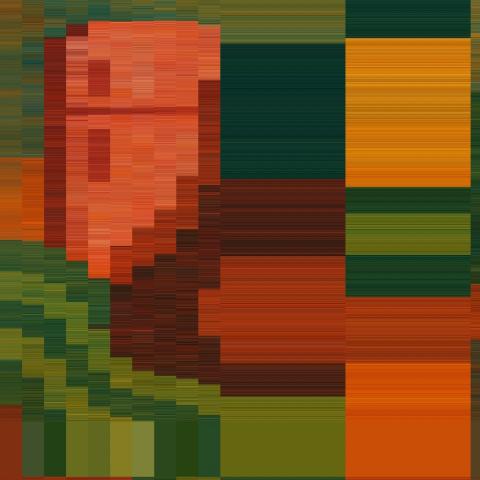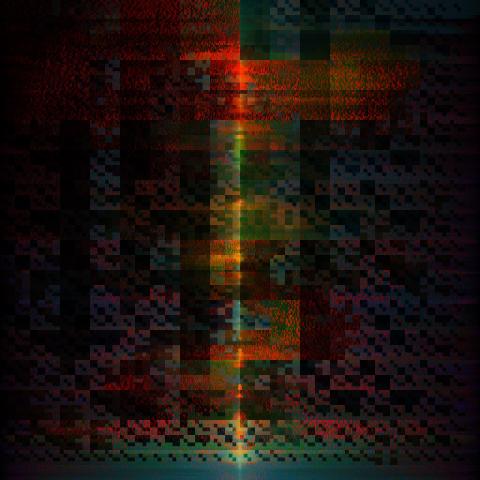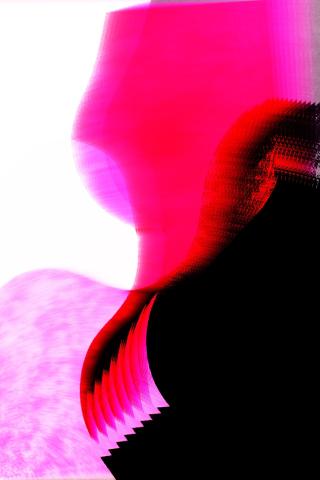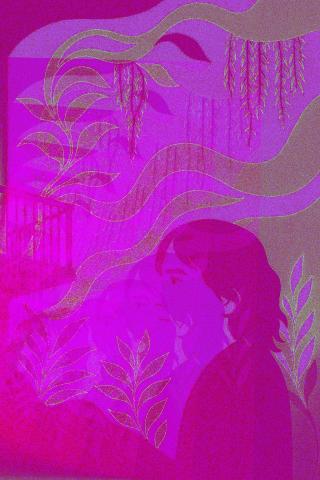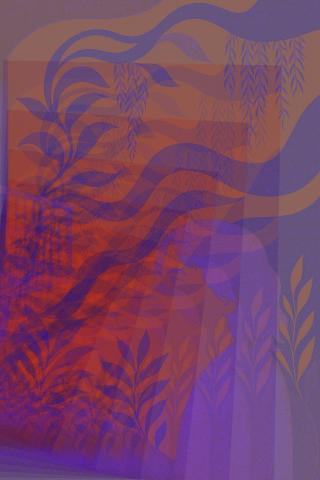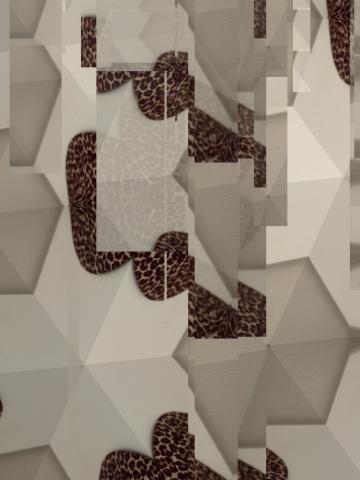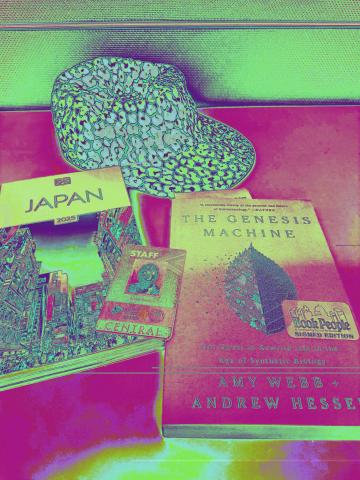ReLeaf is a platform for Organic Media and Fiction, blending stories, songs, and living art into imaginative expressions of sustainable creativity. Each image and title is a Portal—opening into a parallel reality shaped by fiction, music, or miniature gardens—reminding us that new worlds can be built in small, tangible ways.
On the Scent (0.00)
Shoal Creek, Listening (0.00)
The Vote of the Fridge (0.00)
The Correction (0.00)
Phoebe’s Current (0.00)
Quantum Entanglement (0.00)
Shoal Dreaming (0.00)
Śnienie Shoal Creek (0.00)
記憶の水音 (0.00)
